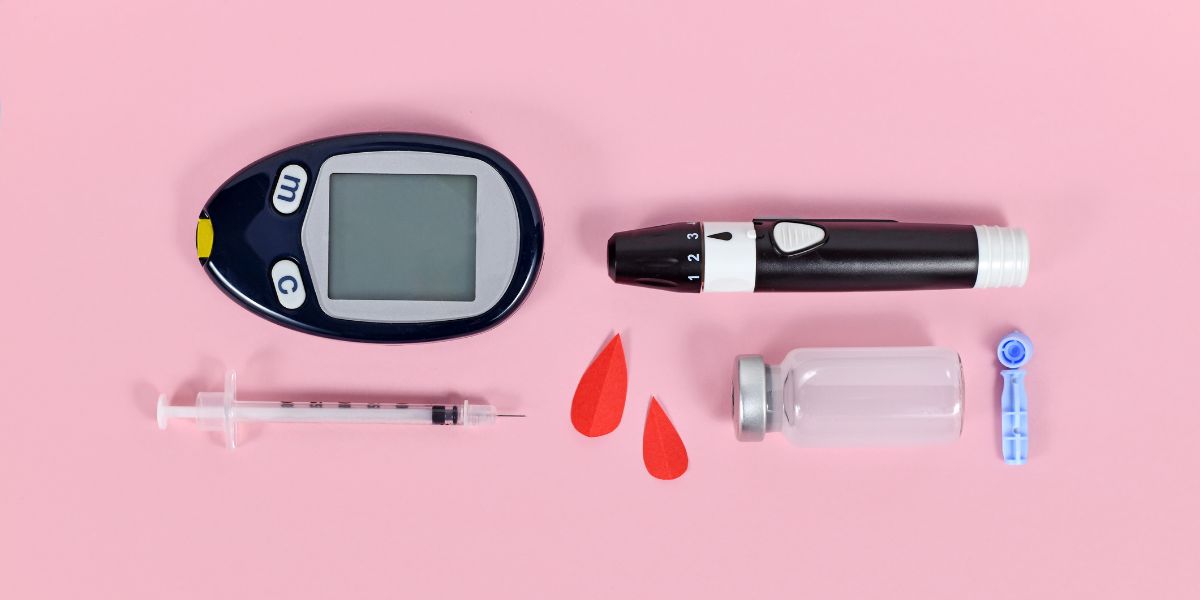Interstitial fluid is a thin layer of fluid which surrounds the body’s cells. Interstitial fluid has become useful in the monitoring of glucose levels in people with diabetes.
Whilst interstitial is very rarely mentioned in every day conversation, it plays an important role in our body and makes almost 40% of the water in our body, accounting for about a sixth of our body weight.
Role of interstitial fluid
Interstitial fluid acts as a kind of fuelling station in terms of nutrients for our cells. Interstitial fluid contains glucose, salt, fatty acids and minerals such as calcium, magnesium and potassium.
The nutrients in interstitial fluid come from blood capillaries Interstitial fluid can also hold waste products which result from metabolism.
Interstitial fluid, continuous glucose monitoring and diabetes
Interstitial fluid has allowed new diabetes monitoring technology to be developed.
Continuous glucose monitors (CGM) are machines which measure the glucose level within interstitial fluid.
A small sensor is inserted just under skin and this is left in place for a number of days.
The sensor is then able to read the glucose level within the surrounding interstitial fluid and send these readings to a display once every few minutes.
Interstitial fluid and blood sugar levels
The glucose level in interstitial fluid is not quite the same as that in our blood so a continuous glucose monitor will apply a formula to give a close guideline of what our blood glucose level is likely to be at that point in time.
It is important to note that glucose levels in our blood rise and fall ahead of glucose levels in our interstitial fluid.
The glucose level provided by a continuous glucose monitor will experience around a 10 minutes delay compared with the glucose level given by a blood glucose meter.
Therefore, if you are using a CGM, and you suspect your blood glucose levels are rising or falling relatively quickly, it will be better to do a blood glucose test if you need an accurate result, such as if you are experiencing the signs of hypoglycemia




